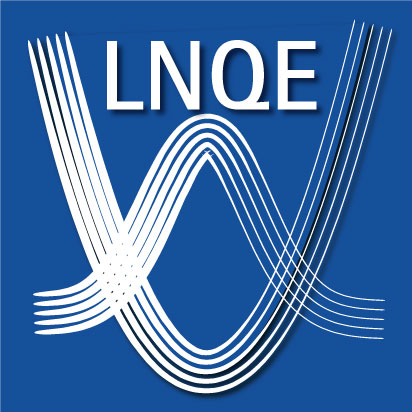Graphene-based sensors: towards applications with carbon nanofibers
| Leitung: | R. Sindelar, R. Renz, C. Tegenkamp |
| Team: | A. B. Ali |
| Jahr: | 2016 |
Graphene’s unique properties, i.e. the extraordinary carrier mobility and capacitance, high electron transfer rate, exceptionally large surface-to-volume ratio in addition to its mechanical robustness and flexibility, makes it an attractive candidate for future sensor applications. The successful implementation of a graphene-based sensor technology requires a host material, which is low-priced in manufacture and sustainable fabricated from an almost inexhaustible source. Carbon nanofibers (CNFs), fabricated by electrospinning and subsequent processing, contain graphene as building-blocks and fulfill all of these requirements as recently demonstrated by us. This proposal is part of a joint project between solid state physics, inorganic chemistry and mechanical engineering.
This project addresses the reliable fabrication of mechanically robust, highly conductive graphene-like templates realized by carbon nanofibers and elucidates the potential for sensor applications. In detail, the process window for the fiber fabrication, i.e. temperature for pyrolysis, electrospinning parameters, solvents, etc., will be systematically explored, also in respect of technological and economic aspects. Moreover, the CNFs will be functionalized by means of surface chemistry and comprehensively characterized by UV-VIS, IR, DMS, Raman as well as electric transport measurements (from the nm to mm scale bridging 6 orders of magnitude) in order to demonstrate the reliable transfer of laboratory-scale recipes for prospective applications for gas-sensors. The basic process is patent pending and the group is open for more and more detailed patents. Further on this sub-project offers a lot of boundaries to industry, up-scaling and even economic aspects.
This project is closely entangled with the projects of Prof. Renz and Prof. Tegenkamp. The functionalization of our CNFs with various adsorbates and relevant molecules is intended by the groups from the physical and chemical departments by molecular beam epitaxy of various elements (Au, Pb) and further wet-chemical functionalization with relevant molecules, e.g. biotin. Thereby, different bonding schemes (dipole, covalent, dispersive) are implemented and the sensing properties are analyzed in our lab and together with the colleagues.






